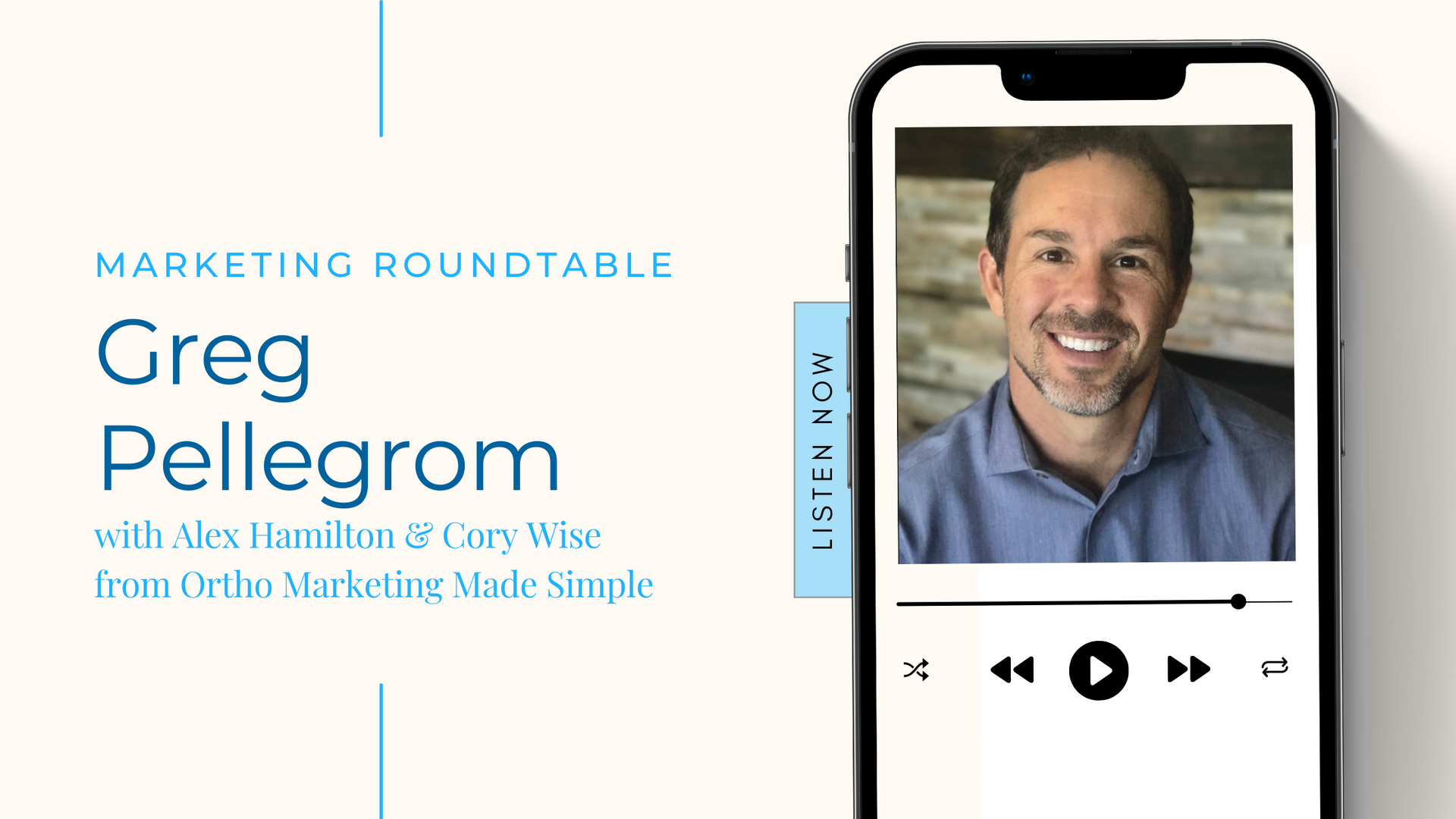Teledentistry: Best Practices and Changes in Regulations

The COVID-19 pandemic has changed our world in many ways, including how we shop, work, travel and receive medical and dental care. In some ways life is slowly getting back to what it was before, but some changes like teledentistry are here to stay.
Teledentistry has been a game-changer. Virtual dental consults are a technological advancement that has expanded options for dentists and patients. In fact, the ADA believes that telehealth consultations can be extremely effective and will increase access to dental care for people all over the country.
Teledentistry enables dentists to schedule online appointments with patients who simply need consults or treatment follow-ups, while keeping their chairs available for hands-on cases. For patients, a 15 to 30 minute call is much more convenient than an hour-long, in-person visit. Additionally, these appointments are typically more affordable and more accessible to people who don’t have transportation.
Types of Teledentistry
There are three main modalities of teledentistry:
- Synchronous: a live video between the patient and dentist in which they speak directly to one another.
- Asynchronous: sending recorded health information like photographs, video, radiographs, and digital impressions to a practitioner who evaluates the patient’s condition for later discussion.
- Remote patient monitoring: collecting the patient’s health and medical data through online forms and questionnaires.
Whether dentists are practicing synchronous, asynchronous, or remote teledentistry they are expected to provide the same high-quality care online that they do in person.
Teledentistry Best Practices
Dentists find teledentistry most helpful for patients who need orthodontic consults, cosmetic dentistry consults, and restorative consults. These appointments don’t require exams or procedures, just an exchange of information from the patient to the dentist and vice versa. Communicating this way limits the amount of time the patient has to spend in the chair, and it also ensures that the patient is prepared when he arrives at the office for hands-on care.
Teledentistry consultations should never be complicated, dull, or frivolous. With technology like SmileSnap, dentists and patients can enjoy a user-friendly, productive, and secure teledentistry experience. Using SmileSnap’s remote patient monitoring system, patients can answer simple questions, upload photos, receive a treatment plan from the dentist, and schedule online or in-person consultations.
ADA Policy Guidelines
Although there aren’t specific laws or regulations regarding teledentistry in many states, the ADA has introduced specific policy guidelines that all dentists should abide by.
- For starters, patients using teledentistry modalities have the same rights as in-office patients. Dental care patient rights include:
- Being seen by a dentist who is licensed through the state’s dental board
- Having access to the dentist’s licensure and board certification qualifications
- Receiving evidence-based care that ensures patient safety, quality of care, and positive outcomes
- Being informed about the identity of their dental practitioner
- Being informed about the cost of services
- The collection of healthcare and personally relevant information before treatment
- Proper documentation of services and records based on patient request
- Coordinating with the patient’s dental home and making their records available to that dental home
- That the patient is actively involved in treatment decisions and how the services will be covered
- All technologies and services follow current laws and regulations concerning patient privacy
- In addition to ensuring their patients’ rights, dentists are responsible for providing high-quality, safe dental care that meets in-person standards and laws.
- All dental personnel must be qualified under state laws and practice under a licensed dentist. At all times, dentists must be able to contact the allied dental personnel providing service and the patient receiving services.
- As for reimbursement, dentists must acknowledge and accept dental benefit plans and all other third-party payers. Patients cannot be denied coverage of services that are delivered through teledentistry because they do or do not have insurance.
- Finally, the ADA encourages dentists to stay up to date with the latest teledentistry technology, so they can provide patients with the best experience
Teledentistry: Changes in Regulations Throughout the Country
Laws and regulations regarding virtual consults with dentists vary from state to state. With the rise of teledentistry services, some state governments have created legislation that limits teledentistry services and addresses patient privacy concerns. However, some states still have little to no regulations in place for teledentistry.
At the start of the pandemic, there were virtually no regulations on teledentistry because it didn’t really exist! So, patients may be unsure about the safety and confidentiality of sharing their medical history, dental history, and personal information via online communications. Thankfully, almost every state has some sort of legislation that protects patients’ safety, quality of care, and confidentiality.
For example, California recently passed a law that puts patient safety first. The law that took effect on January 1, 2020 includes the following requirements:
- Patients have access to the dentist’s name, license number, and dental board contact information before treatment.
- Dentists must review the patient’s most recent radiographs before beginning orthodontic treatment.
- Dentists must complete a patient examination, which includes taking a medical and dental history, making a diagnosis, and constructing a treatment plan.
- Option for patients to report dentists to the dental board for not meeting quality of care standards.
Other states that have passed similar laws include Massachusetts, Arizona, Ohio, Oregon, South Dakota, and Tennessee.
States like Texas created laws that significantly limit what dentists can do through virtual consultations with patients. Dentists in Texas are petitioning to retract this legislation, to allow dentists to screen and consult with patients via teledentistry. *update: On June 16, Texas Governor Greg Abbott has signed HB 2056 into law, making teledentistry services available in Texas!
Be sure to check teledentistry laws in your state to learn what is and isn’t allowed.
HIPAA and Teledentistry
Patients should be happy to learn that regardless of how they receive dental care, existing medical privacy laws like the Health Insurance Portability and Accountability Act are still applicable. HIPAA was created to protect every patient’s medical records and personal information, which extends to the transferring of digital files and information.
HIPAA applies specifically to teledentistry in that it ensures the following information is protected:
- Name, address, phone number, and email address of the patient
- Social security number
- Test results
- Prescription information
- Medical and dental history
Each of these is protected under the Protected Health Information (PHI) policy of HIPAA. This means providers must send and receive information through an encrypted connection, store the information in encrypted servers, and undergo periodic audits by the Department of Health and Human Services.
Discover How SmileSnap Can Improve Your Dental Practice
SmileSnap software is a HIPAA compliant widget that is added to a dentist’s website. It allows new and existing patients to submit their information and pictures of their teeth directly to the dental practice through a secure system. Dentists can respond to these submissions and schedule online consultations to answer questions and provide patients with additional information.
The software provides easy-to-use, customizable technology that will allow you to brand the SmileSnap widget to match the rest of your website. You can save individual or pre-recorded video messages to send to your patients, and the widget can support multiple offices. Most importantly SmileSnap is HIPAA compliant, so patients can communicate with you remotely, knowing that their medical information is safe and secure.
Ready to streamline your practice and join the teledentistry movement? Click here to schedule a quick demo or call us today at 1.720.738.8080.
Sign Up for SmileSnap Today!
Register for Smilesnap Now!

SmileSnap is the leading Smile Assessment and Virtual Consultation tool for the dental industry. We serve many top orthodontists, periodontists, general practitioners, and many more.
Email Address:
Tel no:
Address:
7900 E. Union Avenue, Suite 1100, Denver, CO 80237

SmileSnap is the leading Smile Assessment and Virtual Consultation tool for the dental industry. We serve many top orthodontists, periodontists, general practitioners, and many more.
Email Address:
Tel no:
Address:
7900 E. Union Avenue, Suite 1100, Denver, CO 80237

